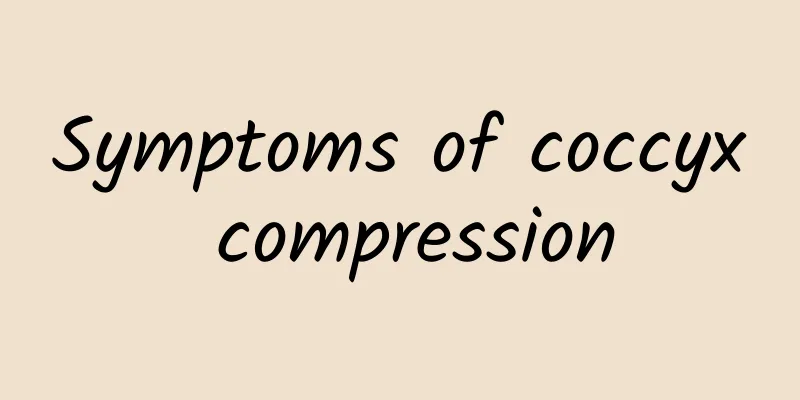What are the symptoms of flu in children?

|
Influenza is a relatively common disease for children, mainly because children have poor immunity and are infected by the influenza virus. Children at different stages of their illness have different flu symptoms, so the treatments they need are also somewhat different. So, what are the symptoms of flu in children? Here are some common flu symptoms for infants, toddlers, and older children. 1. Flu symptoms in infants and young children Other respiratory viral infections are similar. The inflammation involves the upper respiratory tract, larynx, trachea, bronchi, bronchioles and lungs, and the condition is more serious. 2. Flu symptoms in older children Symptoms are similar to those in adults, mostly manifesting as the common cold. The onset is acute, with high fever, chills, headache, back pain, limb pain, fatigue, etc. Soon, sore throat, dry cough, runny nose, conjunctival congestion, tearing, and local lymph node enlargement appear, and coarse rales may be heard in the lungs. Occasionally, patients may complain of gastrointestinal symptoms such as abdominal pain, diarrhea, and bloating. 3. Symptoms of influenza virus infection 1. Type A Sudden high fever occurs, with body temperature fluctuating between 38 and 41°C, and febrile convulsions may occur. Accompanied by systemic poisoning symptoms and clear nasal discharge, often accompanied by vomiting, diarrhea, etc., and occasionally rash and epistaxis. Young infants: may have severe tracheitis, laryngeal, and bronchitis accompanied by thick sputum, and even respiratory obstruction. Newborns: They may become drowsy, refuse to eat, and have respiratory arrest, and may even require artificial respiration. 2. Type B Symptoms and signs of the nose and eyes are common. Acute benign myositis causes myalgia, mainly in the lower limbs, especially the gastrocnemius muscles of the calves. Symptoms of systemic poisoning such as dizziness and fatigue are relatively mild. 3. Type C Most of them present as mild upper respiratory tract infection. The fever of uncomplicated influenza usually lasts for 3 to 4 days. After the fever subsides, the symptoms of systemic poisoning will be alleviated, but the dry cough and physical weakness may last for 1 to 2 weeks. 4. Blood picture At the beginning of the disease: there is a significant decrease in the total number of peripheral white blood cells, with an average of about 4×109/l. There is a significant decrease in neutrophils, a relative increase in lymphocytes, and an increase in large monocytes. These symptoms may last 10 to 15 days. Concurrent pneumonia: The erythrocyte sedimentation rate is generally normal and the cold agglutination test is mostly negative. The total white blood cell count may drop significantly, as low as 1 to 2 × 109/l. |
<<: How to relieve stomach bloating? How to relieve abdominal bloating
>>: What are the symptoms of bullae? Three major symptoms of bullae
Recommend
How to get rid of eczema marks
Eczema is a common skin disease. After improving,...
What ointment should be used for anal eczema? The treatment is so simple
Some bad habits in life can induce anal eczema. E...
The most effective Chinese herbal medicine for removing dampness
Scutellaria baicalensis has the functions of stre...
Is Still's disease serious?
Still's disease is a type of juvenile arthrit...
What to eat after exercising at night?
The body loses energy during exercise, and this e...
Gray Hair Causes and Treatment
White hair is generally divided into two types: p...
What should I do if the fetus moves frequently during more than 4 months of pregnancy?
Most mothers will feel the "information"...
How long does it take for facial neuritis to recover?
Facial neuritis is a relatively common disease, w...
How to treat a herniated disc
Intervertebral disc herniation is a common diseas...
Normal bone density
What is bone density? In fact, bone density can c...
Can I eat red beans when I am pregnant?
The functions and uses of red beans are very wide...
What are the functions of smilax china, radix polygoni multiflori and safflower?
In daily life activities, various accidents alway...
How long does it take for a burn to blister?
Burns are a common symptom in life, and blisterin...
This is how you should eat if you have low immunity caused by rheumatism
In life, we often hear that some people have join...
What should I do if my fingers are swollen and painful due to rheumatoid arthritis?
Rheumatoid arthritis is also known as rheumatoid ...









